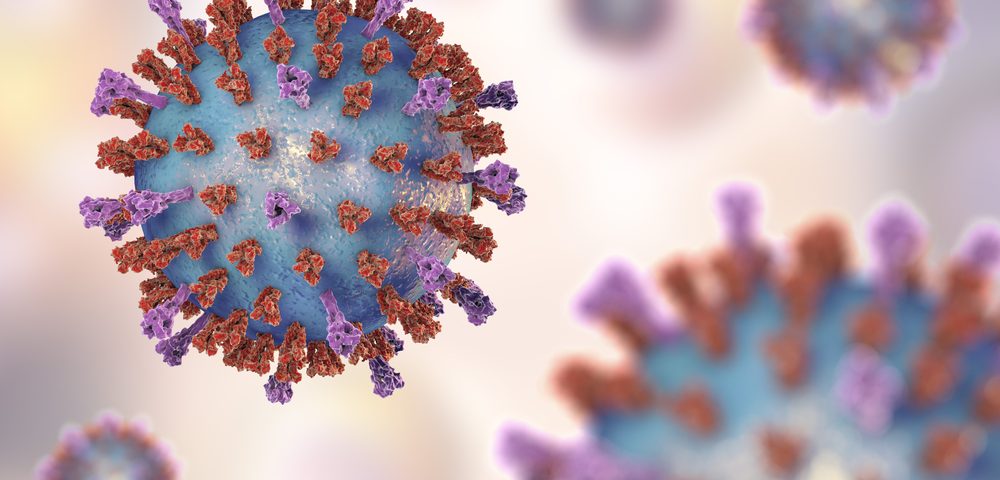Physicians should be aware that adult patients infected with the influenza B virus, who have a fever, and low red blood cell and platelet counts, are at risk of developing hemophagocytic lymphohistiocytosis (HLH), a new case report suggests.
The report, titled “Influenza virus B-associated hemophagocytic lymphohistiocytosis,” was published in the journal Hematology Reports.
HLH is a disease characterized by excessive inflammation and tissue destruction due to an impairment of the immune system. The two different types of HLH are primary and secondary: Primary HLH is inherited, while secondary HLH is acquired and often triggered by infections, cancers, or rheumatological disorders.
Epstein-Barr virus (EBV) is the most well-known infection that can trigger HLH. Other common infectious triggers include cytomegalovirus (CMV), parvovirus, the herpes simplex virus (HSV), the human immunodeficiency virus (HIV), and H1N1 influenza virus.
A less common trigger of HLH is the influenza B virus. However, this association in adults has not been well-documented in the literature.
In the report, physicians from the University of Maryland School of Medicine presented an unusual case of a 54-year-old male infected with influenza B who developed HLH.
The patient arrived at the emergency department complaining of abdominal pain, fever, and watery diarrhea for past three days.
Initial laboratory testing did not show anything of note, except for low hemoglobin levels of 6.1 g/dL (the normal range is 13.5–17.5 g/dL in men), and low platelet (small blood cells that help the body form blood clots) count of 94 K/mcL (normal range is 150–400 k/mcL).
Next, the physicians conducted a chest x-ray, which did not show abnormalities in the heart or lungs.
Testing using a viral panel was unable to detect the presence of respiratory viruses, including EBV, HSV, and CMV. HIV testing also came back negative.
The patient had not been vaccinated against influenza the previous year. When tested, physicians found that he had an infection by the influenza B virus.
A seven-day course of the antiviral therapy oseltamivir (brand name Tamiflu) was prescribed. However, the patient continued to experience fevers, and persistent anemia (low red blood cells) and thrombocytopenia (low platelet count).
Additional laboratory testing found high levels of ferritin (blood cell protein that contains iron), high triglyceride (fat) levels, and high soluble CD25 levels, which is indicative of macrophage (a type of immune cell) activation.
The patient was then diagnosed with HLH, most likely related to influenza B virus infection.
Bone marrow biopsy results showed hemophagocytosis, which refers to ingestion of blood cells, platelets, and their precursors by immune cells known as phagocytes. Hemophagocytosis is a hallmark of HLH.
Physicians then started the patient on standard-of-care treatment (with etoposide and dexamethasone). The patient’s platelet and hemoglobin levels gradually improved and returned to normal levels. No fever was detected after treatment.
“Early detection and treatment of HLH is key. Previous studies have shown that without therapy, survival of patients with active HLH is approximately 2 months. Despite this demonstrated urgency, the diagnosis of HLH is often times delayed,” the researchers wrote, suggesting that such delays may be due to a variety of factors, including the rarity of HLH, the complex diagnostic criteria, and the need to eliminate alternative diagnoses.
According to the team, prompt recognition and treatment of HLH is of utmost importance in order to reduce mortality.
“We present this case to alert physicians that in adult patients presenting with influenza B virus with concurrent fever and pancytopenia [low counts for all three types of blood cells: red cells, white cells, and platelets], HLH should be thought of as a possible complication to facilitate early identification and prompt treatment of the disease,” the team said.

